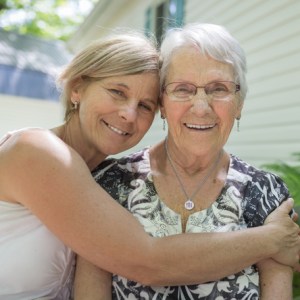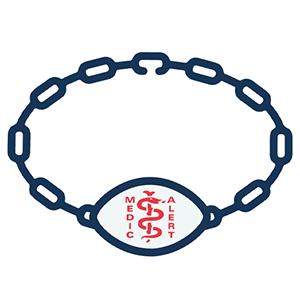
I rely on my MedicAlert ID to alert others to my Type 1 diabetes. Because of my ID and protection plan I was able to spend a couple years in Seoul, South Korea teaching English as a Second Language and feel protected.
Brenda, MedicAlert Member since 1969



